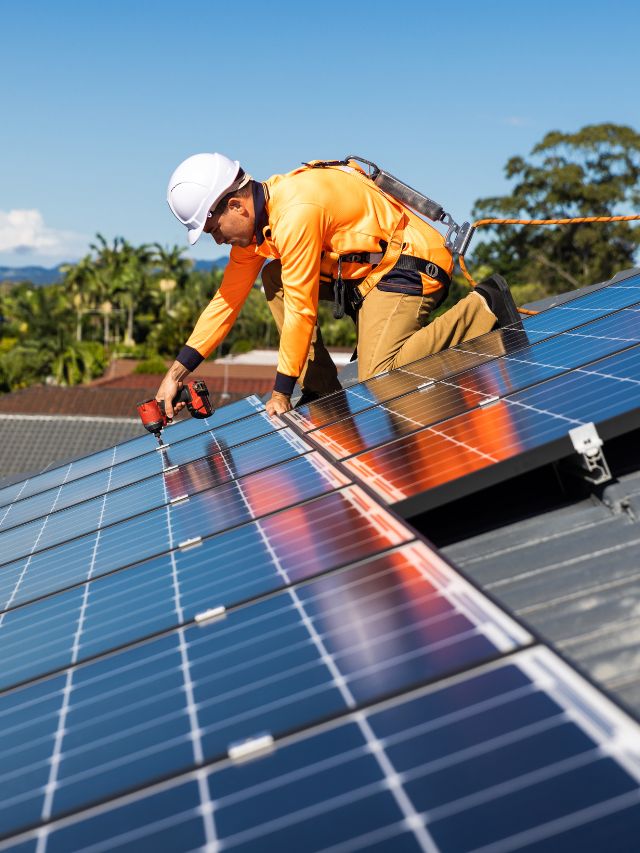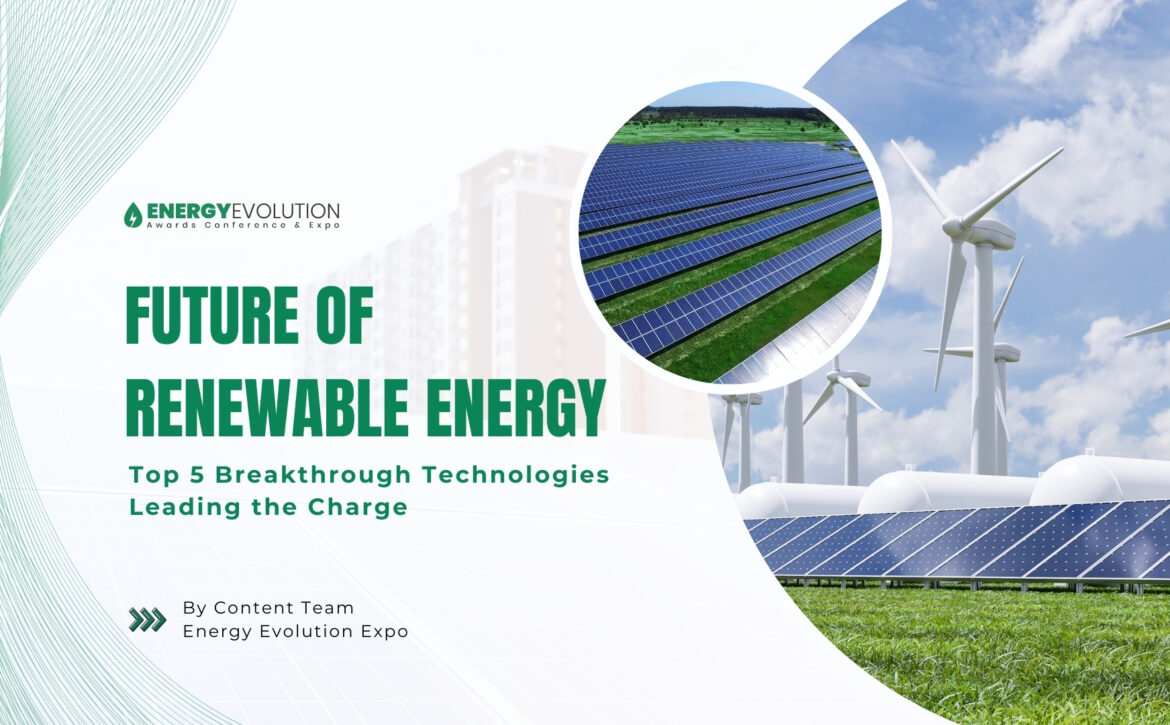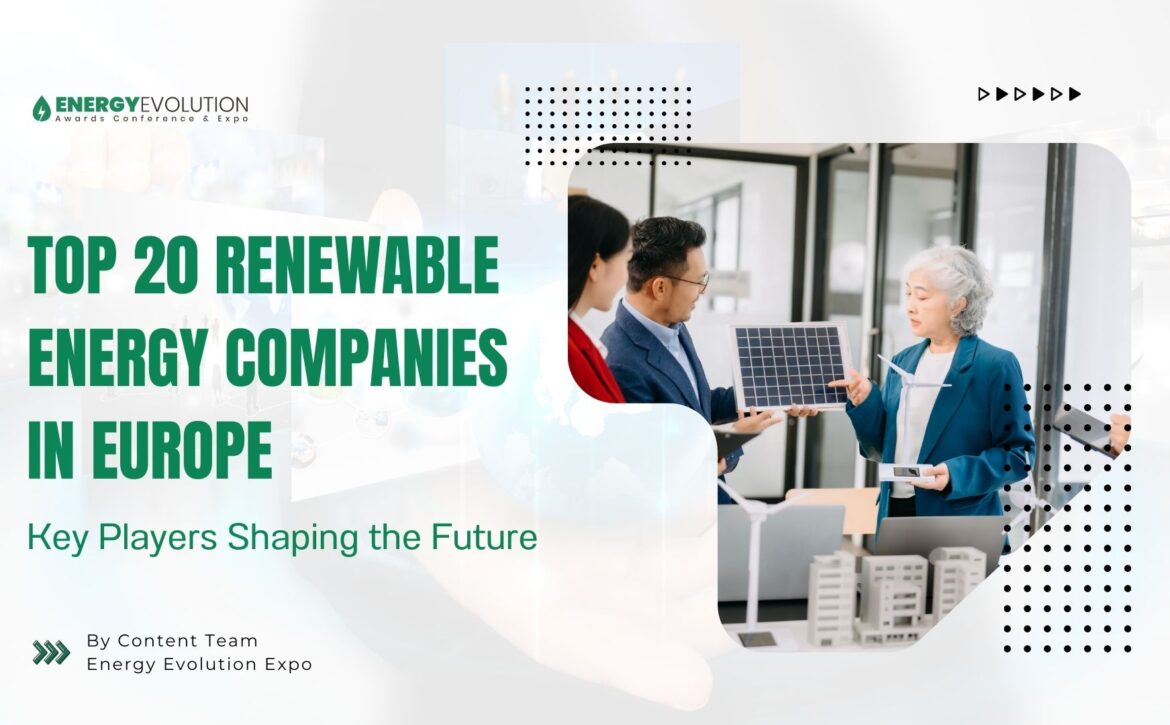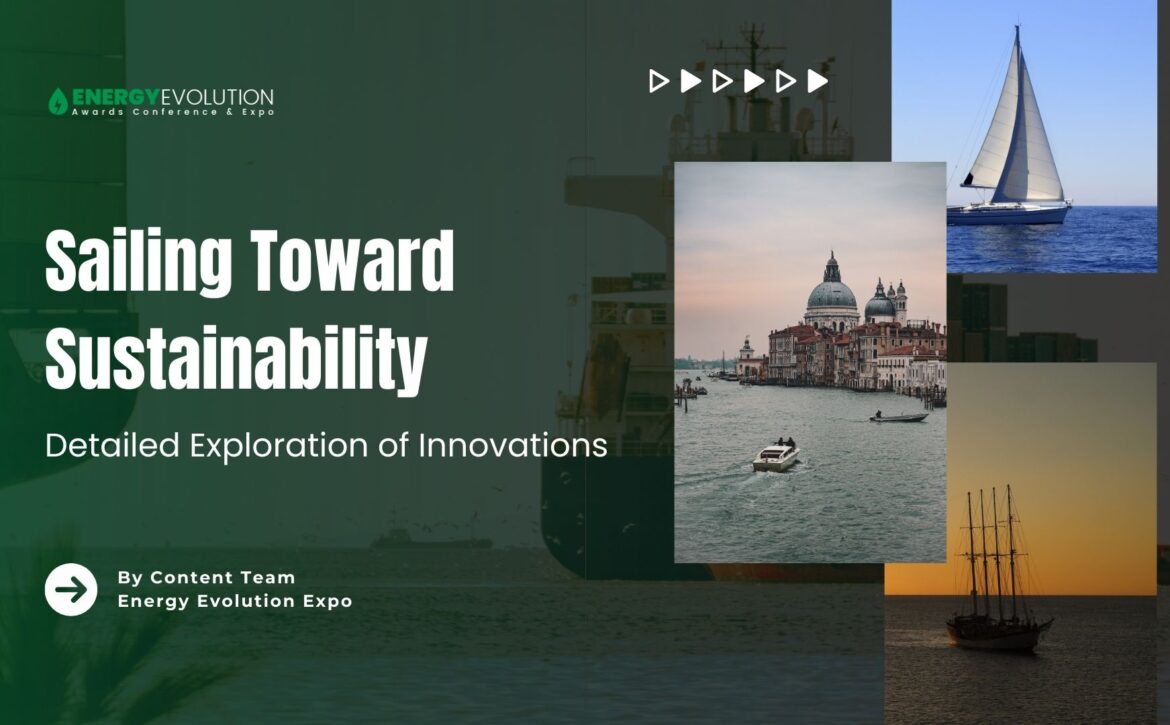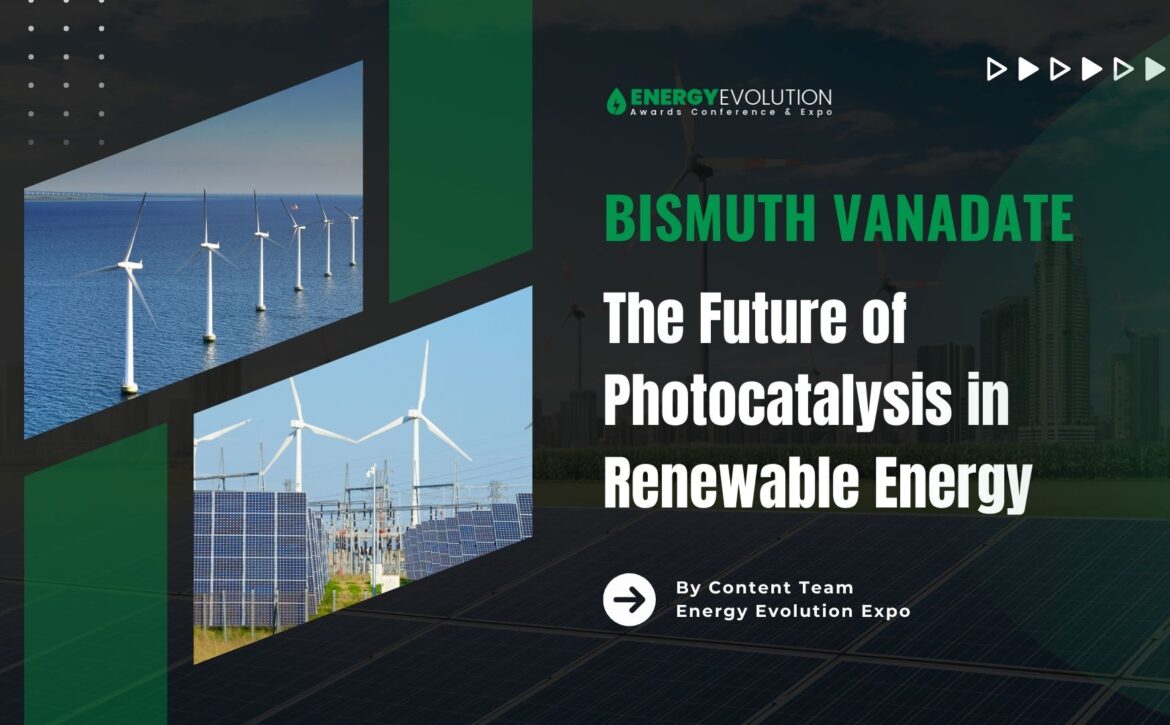Fashion’s Green Thread: Spinning Innovation into Renewable Energy
The fashion industry is experiencing a paradigm shift towards sustainability, driven by innovators creating alternative materials, circular business models, and technological advancements. As this transformation aligns with global renewable energy goals, fashion brands and start-ups are embracing greener methods, contributing to both environmental preservation and energy efficiency.
Here are 15 companies leading the charge in sustainable fashion
1. Algiknit
Algiknit produces textile fibers made from kelp, a sustainable seaweed. This innovative material is biodegradable, and the manufacturing process significantly reduces waste by using 3D printing. Algiknit contributes to renewable energy goals by reducing dependency on resource-intensive materials like cotton and polyester, which require significant water and energy inputs. GANNI, a Danish fashion brand, has collaborated with Algiknit to experiment with kelp-based materials in their collection, promoting the use of innovative textiles.
2. BioGlitz
BioGlitz offers biodegradable glitter made from eucalyptus tree extract. This compostable product eliminates the harmful microplastics traditionally used in glitter, supporting cleaner oceans and contributing to the reduction of energy consumption related to plastic waste management. Fashion brand ASOS and various festivals have adopted BioGlitz’s biodegradable glitter in place of traditional glitter, ensuring sustainability in cosmetics and event wear.
3. circular.fashion
Circular.fashion has developed a software platform that promotes the design of circular garments, enabling a closed-loop system where clothes can be easily recycled. The company helps reduce waste and energy consumption by extending the life of fashion items, aligning with the zero-waste goals integral to renewable energy plans. Brands like H&M and Filippa K have integrated circular.fashion’s technology into their garment production, enhancing recycling capabilities within their supply chains.
4. Flocus
Flocus utilizes kapok tree fibers to create natural yarns and fabrics. Kapok trees grow without pesticides in arid soils, offering a sustainable alternative to water-intensive crops like cotton. This innovation conserves energy by reducing the demand for water and chemical inputs in textile production. Sustainable fashion brand Outerknown, co-founded by surfer Kelly Slater, incorporates Flocus fibers into their eco-friendly collections.
5. Frumat
Frumat transforms apple pectin, a byproduct of the juice industry, into durable, compostable leather. By upcycling industrial waste, Frumat reduces energy consumption in leather production and contributes to the circular economy, which is integral to sustainable energy goals. The iconic fashion house Hugo Boss has used Frumat’s apple leather in their vegan shoe collection, highlighting luxury with sustainability.
6. Good on You
Good on You is a mobile app that rates fashion brands on their sustainability impact. By aggregating data on the environmental footprint of brands, it empowers consumers to make responsible choices. This transparency encourages brands to adopt energy-efficient practices, supporting global renewable energy objectives. Nike, Patagonia, and Reformation are brands listed on Good on You that rank high in sustainability, helping guide conscious consumers.
7. Mango Materials
Mango Materials produces biodegradable bio-polyester made from methane, which can replace conventional polyester. This bio-polyester breaks down in various environments, reducing plastic pollution and energy used in waste processing. Mango Materials exemplifies how innovations in sustainable materials can contribute to a closed-loop bio-economy. Mango Materials’ bio-polyester has been tested in partnership with W.L. Gore & Associates, famous for their GORE-TEX fabrics, showing its potential use in outdoor apparel.
8. Nano Textile the school
Nano Textile uses a process called Cavitation to embed finishes into fabrics without harmful chemicals. This process significantly reduces the environmental and energy impacts of traditional fabric finishing, which often relies on chemical-intensive treatments. European textile manufacturer Albini Group has adopted Nano Textile’s technology to create fabrics with antibacterial properties without toxic chemicals, used in various luxury fashion items.
9. Orange Fiber
Italian brand Orange Fiber creates sustainable fabrics from citrus by-products. By repurposing industrial waste from the food industry, this innovation conserves resources and minimizes energy inputs in material production. It also represents a key component of the bio-circular economy. Luxury fashion brand Salvatore Ferragamo has collaborated with Orange Fiber to launch the first fashion collection using citrus-based textiles.
10. PAPTIC
PAPTIC manufactures a biodegradable packaging alternative made from sustainably sourced wood fibers. With properties resembling both paper and plastic, this material is ideal for packaging in the fashion industry, reducing plastic usage and supporting renewable resource utilization. Zalando, a major European online retailer, has implemented PAPTIC packaging as part of its efforts to reduce plastic waste in fashion e-commerce.
11. PlanetCare
PlanetCare has developed filters for washing machines that capture microplastics before they enter wastewater. By preventing microplastic pollution, PlanetCare reduces the environmental damage caused by synthetic fibers and indirectly supports cleaner energy in wastewater treatment systems. Patagonia, known for its sustainability leadership, has partnered with PlanetCare to promote solutions for reducing microfiber pollution in their products.
12. Provenance Biofabrics
Provenance engineers sustainable leather by programming collagen molecules to self-assemble, offering a cruelty-free alternative to animal leather. This process requires fewer resources and less energy than traditional leather production while providing an innovative approach to bio-fabrication. Modern Meadow, a biotech company, uses similar technology for their Zoa leather material, and Provenance is poised to enter partnerships with fashion brands seeking animal-free leather alternatives.
13. Reverse Resources
Reverse Resources’ platform enables brands and manufacturers to map pre-consumer waste and incorporate it back into the production cycle. This SaaS tool facilitates industrial upcycling, reducing the need for virgin materials and lowering energy consumption in manufacturing. H&M has adopted Reverse Resources’ platform to identify and upcycle textile waste, advancing their closed-loop fashion goals.
14. Scalable Garment Technologies
SGTI developed a robotic knitting machine that can produce custom, seamless knit garments on demand. This innovation minimizes waste and energy consumption by producing clothing only when needed, reducing overproduction and unsold inventory. Unspun, a denim company focused on minimizing waste, uses 3D robotic knitting to offer custom-fit jeans, preventing overproduction.
15. Style Lend
Style Lend offers a peer-to-peer fashion rental marketplace. By extending the lifecycle of garments, Style Lend reduces the overall demand for new clothing production, which, in turn, reduces the energy needed to manufacture and transport new items. Platforms like Rent the Runway and Vestiaire Collective also promote clothing rentals and second-hand sales, extending the lifecycle of garments in a sustainable way.
The Intersection of Fashion and Renewable Energy
The innovations brought by these companies not only address sustainability within the fashion industry but also align with broader renewable energy goals. By reducing waste, utilizing sustainable materials, and promoting circular systems, these pioneers are contributing to a future where fashion and environmental responsibility coexist.
Fashion for Good’s partnerships with brands like Adidas, Kering, and Zalando show how large companies are embracing these innovations, recognizing the importance of sustainable practices in achieving energy efficiency and waste reduction goals.
As the fashion world evolves, the adoption of renewable energy and sustainable innovations will continue to reshape the industry, helping to address climate change and build a more responsible future. We need to keep up with all recent innovations to reap maximum benefits and to facilitate a better understanding of the latest developments and trends in the Renewable energy Industry, various Conferences and Expos, which bring Industry leaders together, serve as an all-inclusive platform.
The Energy Evolution Awards, Conference, and Expo organized by Next Business Media is making its debut in Spain in 2025. It will be a leading forum dedicated to honoring excellence in Energy Technology, showcasing innovations, and fostering collaborations. The events unite industry leaders, and visionaries to explore the latest advancements, tackle key challenges, and shape the future of Energy. The Energy Evolution Awards, Conference, and Expo will celebrate outstanding achievements, promote sustainable practices, and drive the Energy Industry forward into a technologically advanced sustainable era. Energy Evolution Awards, Conference, and Expo will be a platform for cultivating innovation and shaping a brighter, more efficient energy landscape.





